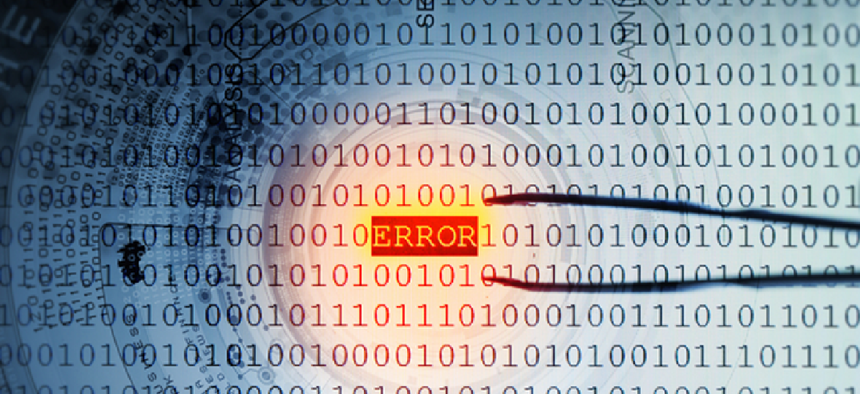Oak Ridge researchers developing data hazard detection tool

A new surveillance tool detects machine-generated errors in health care data.
Think of it as a sniffer for workflow data processes. Just as a network sniffer analyses packets traveling across a network, a new surveillance tool from researchers at the Oak Ridge National Laboratory detects “hazards” in health care data -- forms that haven’t processed as expected, appointments that have been cancelled in error, etc. -- that can make it difficult for an agency to efficiently fulfill its mission.
The tool, which doesn’t yet have a name, is being developed in cooperation with the Department of Veterans Affairs, and its first implementation is monitoring the department’s health care data system. The program can scan data for more than 1 million patients and push error alerts to the VA to review and address. "Similar surveillance tools can detect human errors, but our major focus is rooting out machine-generated errors that could lead to unintended consequences in health IT," said ORNL's Olufemi Omitaomu, a senior R&D staff member and leader of the project.
“We are designing the tool be able to detect known hazards as well as unknown hazards,” Omitaomu said. The first kind, he said, are easy. “For example, when patients make appointments some of those may be canceled. But you don't expect to have a significantly high number of cancellations. So you can develop something that [watches for] high numbers.”
And what might be an unknown hazard? Just about any potential snag the system hasn’t identified yet as a hazard, such as a form taking too long to move from one department to another.
A potential hazard identified by the system, Omitaomu said, “may need to be verified by an analyst and confirmed that it is actually a hazard.”
Currently ORNL’s program issues daily reports as well as a weekly ones, and VA analysts report back to the ORNL team if a potential hazard is something that should be monitored in the future.
So far, each process of the surveillance tool is specifically programmed. But that is about to change. Omitaomu said the tool is already being prepared for its next phase, where it will integrate machine-learning capabilities.
“We think we are just getting to a stage where we can actually incorporate machine learning,” he said. The project has generated a large amount of data that analysts can start labeling so it can be used to train the machine-learning algorithm.
According to Omitaomu, a second version of the tool is about to be made available to selected VA staff, and the ORNL team will soon have more feedback on its usability and effectiveness.
As for moving to full operation, Omitaomu said the date is uncertain and depends on a number of factors, including what the VA thinks of it. But the system isn’t being developed just for the specifics of the VA’s health care data system.
“The way we are developing these is we want to make them interoperable with other government systems," such as those in the Defense Department and even the private sector,” Omitaomu said.
NEXT STORY: Shaken Fury tests responder tech





